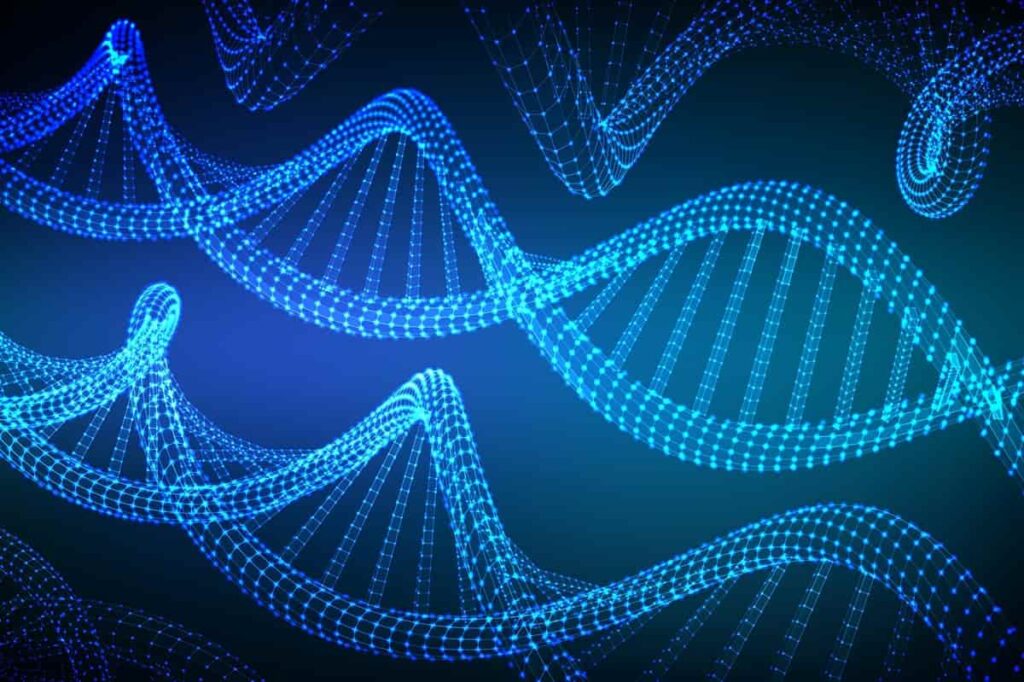Parabon Nanolabs and DNA Phenotyping
Table of contents
Table of contents

Just last week, a rather remarkable bit of news came out which was not widely reported but certainly unprecedented. One of the largest marketing communication firms in the world, Ogilvy & Mather, initiated a marketing campaign in Hong Kong called “The Face of Litter”. Using the “Snapshot” DNA phenotyping services of a company called Parabon Nanolabs, Ogilvy collected litter from the streets and using DNA obtained from the litter, created profiles of the offenders as seen below:
These profiles are now posted on outdoor ads at bus stops, subway and train stations, and even on highway billboards. The technology that made this possible is referred to as DNA phenotyping. Essentially it involves reconstructing a facial profile simply from a small sample of someone’s DNA. In this case, DNA was taken from the offending pieces of litter and analyzed. Here’s how Snapshot created the profile through reverse-engineering the DNA sample.
Modern humans divide genetically into seven continental populations: African, Middle Eastern, European, Central/South Asian, East Asian, Oceanian, and Native American. Snapshot can identify which continental population you came from and even identify mixes of less than 5%. It can then drill down further into subpopulations such as Jewish, Japanese, or specific regions in Europe. Snapshot then builds a precise profile of an individual’s ethnic ancestry using only his or her DNA. The tool can then determine the sex of the individual, freckles, face shape, along with eye, hair, and skin color. All of this data is then analyzed to create a facial profile such as the one seen below:
Parabon has also developed a kinship algorithm that can accurately predict relatedness between any two individuals out to 6th-degree relatives using only their DNA. The next feature they’re working on is hair texture. Probably the first question you might ask about this technology would be just how accurate is it? There are many other factors that come into play besides the genetic makeup of a person. What about age? What if the subject is male and now wears a thick beard? What about any variety of hair styles? What about a person’s weight? It seems like it would be very difficult to use this technology practically to identify someone. Here’s a few examples for you to draw your own conclusions:
Frankly, the above examples just aren’t that compelling. However, law enforcement is keen to begin using this technology in its current state, more so as a tool to exclude suspects than to identify them. One company that stands to benefit from this interest is Parabon Nanolabs.
About Parabon Nanolabs
Parabon Nanolabs is a private company that was founded in 2008 with a mission to create breakthrough products using DNA. The Company has two focuses; therapeutics and forensics. Their forensics offering, Snapshot, has been funded by the United States Department of Defense (DOD) and is currently only offered to law enforcement agencies with a turnaround time of about 2-4 weeks. Snapshot has been used by State and local police departments throughout the US, and private citizens seeking ancestry information. There is at least one example of the technology being used this year which is detailed in an article from Forensic News titled “First DNA-Phenotyped Image of ‘Person of Interest’ in Double Homicide“.
While Parabon is the most visible DNA phenotyping company, they are not without competition. One other company, Identitas, is currently offering their DNA phenotyping service on a promotional trial basis to forensic investigators. Their lead software package, ISAS, uses the same attributes as Snapshot and generates a similar report.
Conclusion
It remains to be seen to what extent accuracy can be improved and to what extent law enforcement agencies might find such a tool useful. While criminal forensics is one obvious use for this technology, there are most likely other uses such as seeing what your baby might look like or even just curiosity as to what populations/subpopulations your ancestors were from. Even if DNA phenotyping doesn’t become commercially viable, it’s certainly a fascinating technology.
Sign up to our newsletter to get more of our great research delivered straight to your inbox!
Nanalyze Weekly includes useful insights written by our team of underpaid MBAs, research on new disruptive technology stocks flying under the radar, and summaries of our recent research. Always 100% free.


















